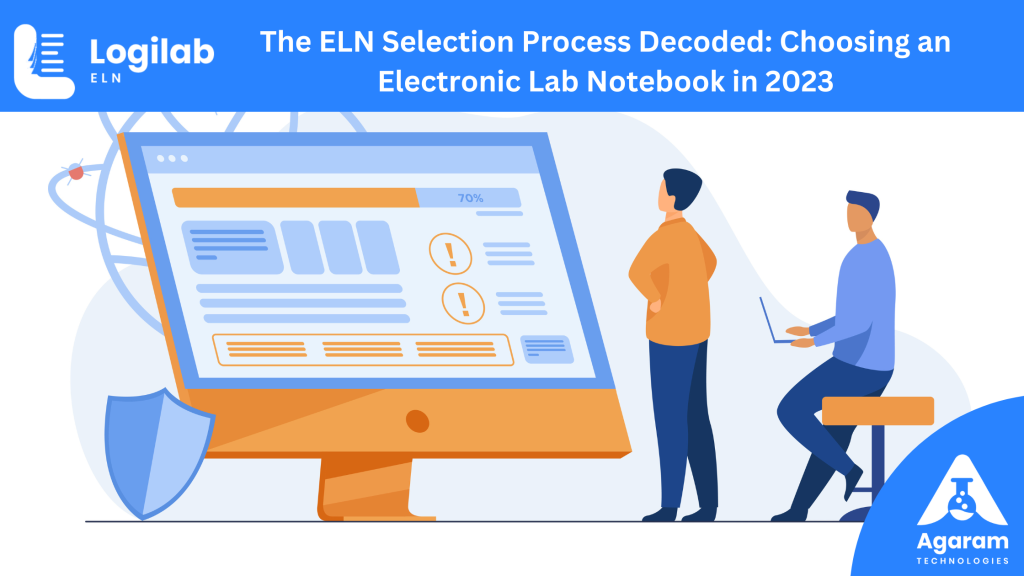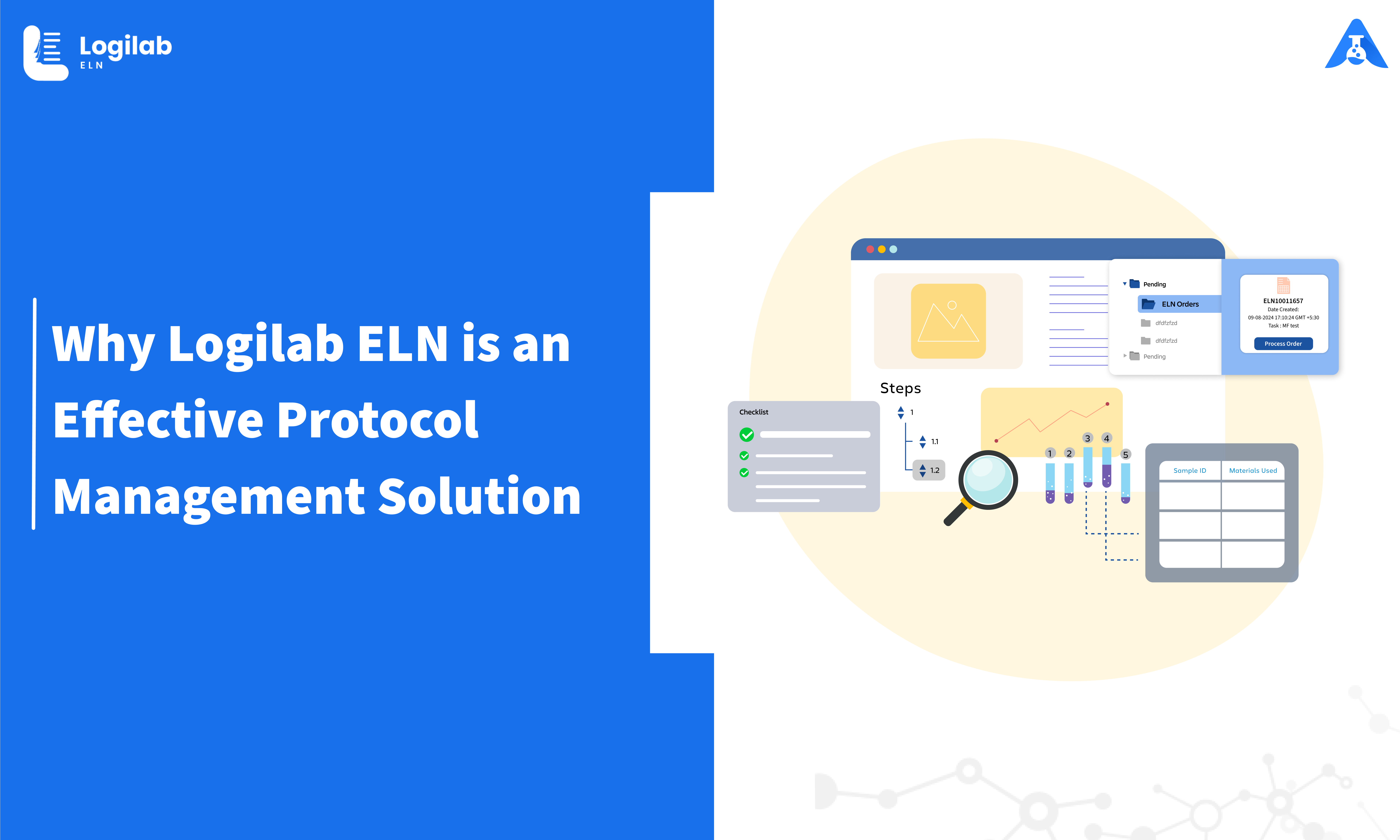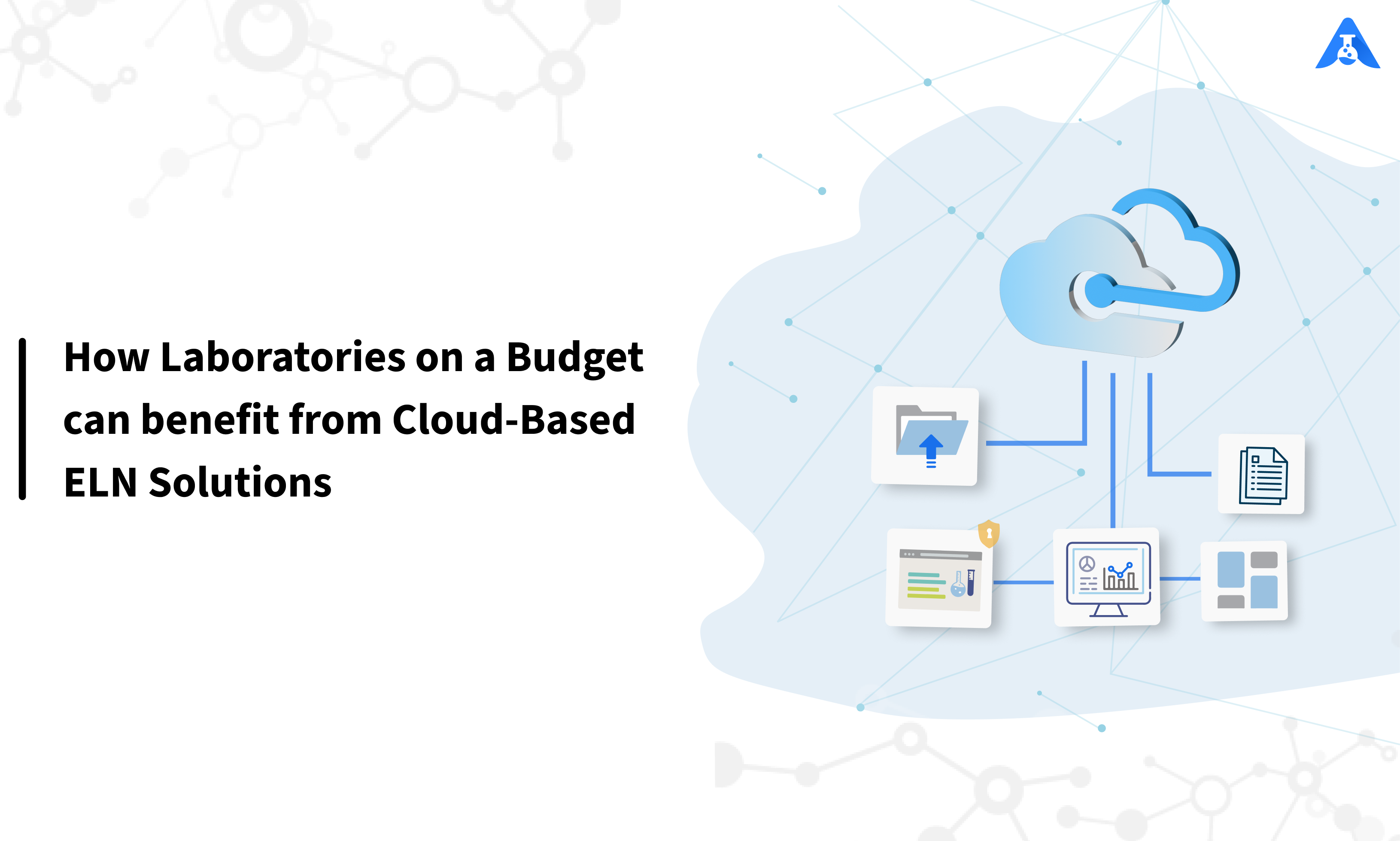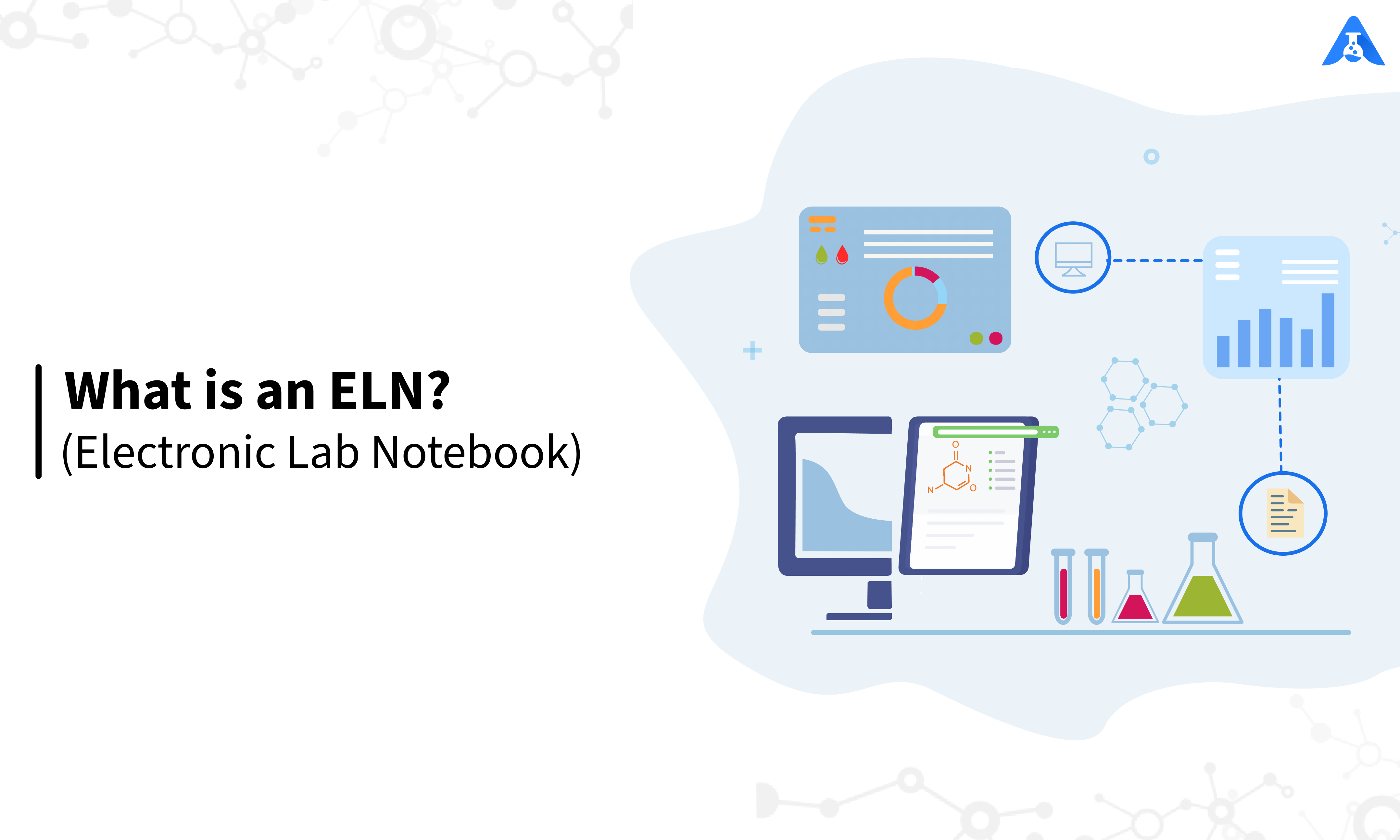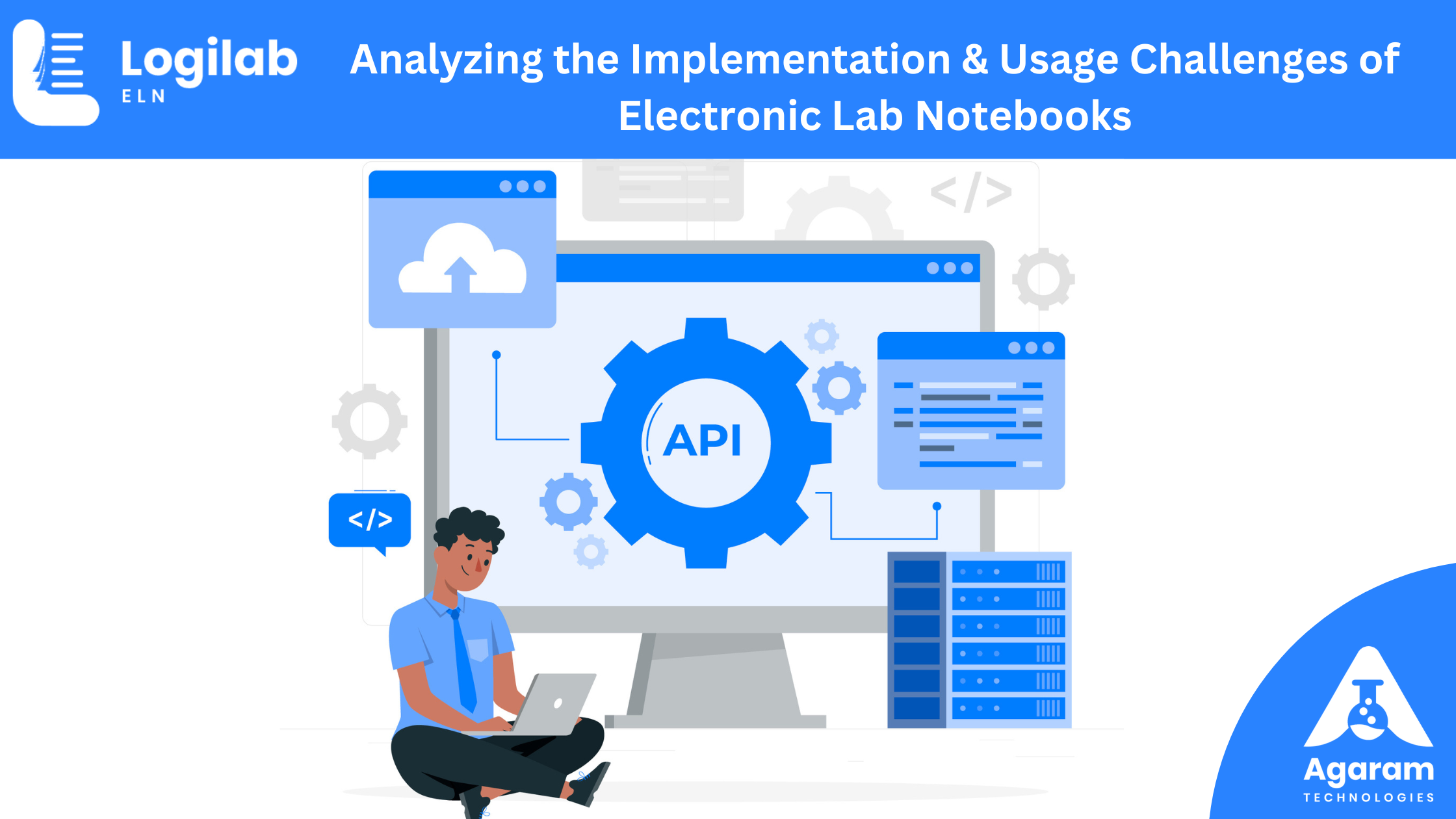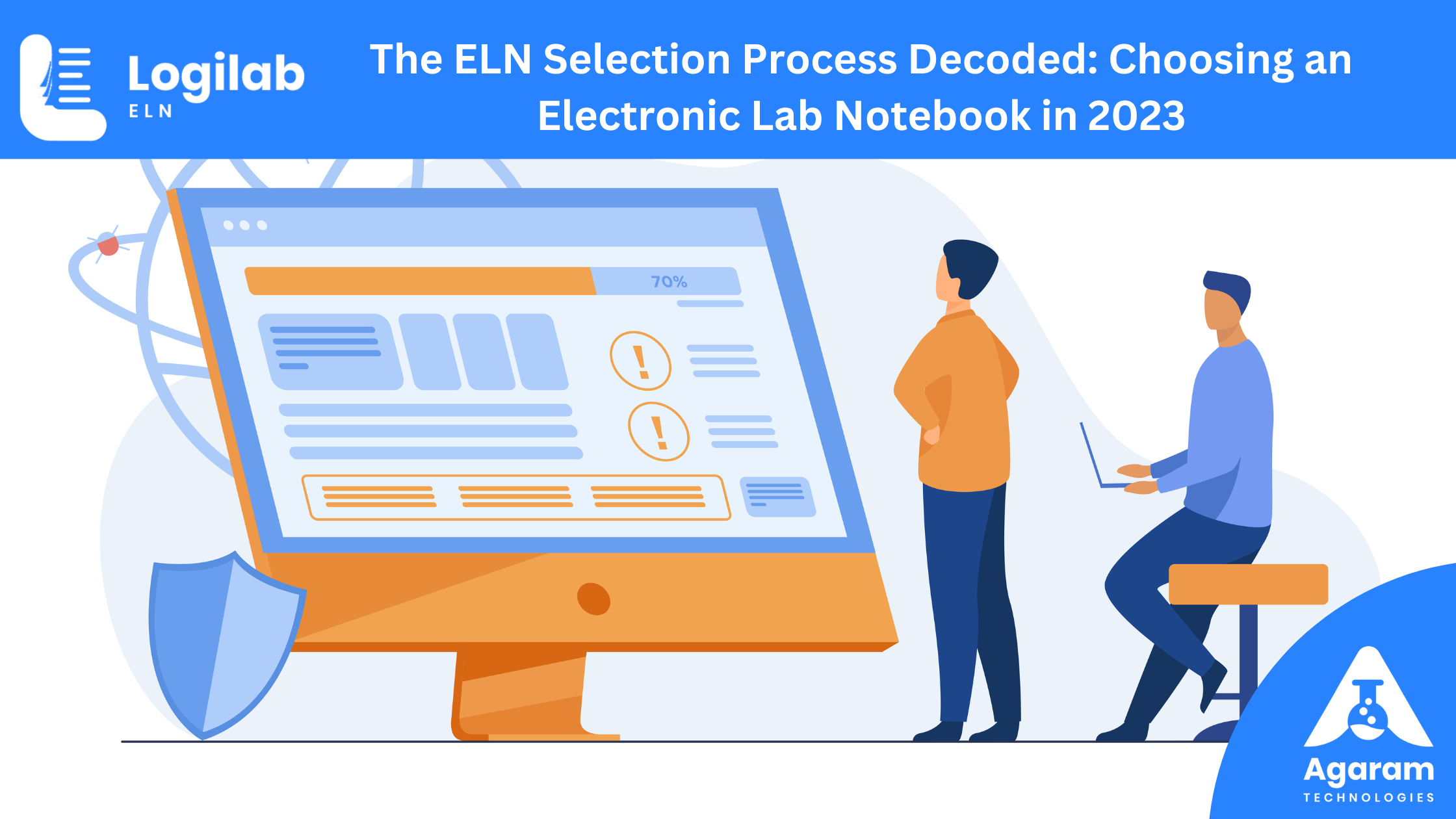An Electronic Lab Notebook (ELN) serves as a digital replacement for traditional paper laboratory notebooks, specifically designed to streamline the documentation of research, experiments, and procedures in scientific and engineering labs.
Apart from their powerful digital data capturing abilities, research laboratory notebooks are often by big, regulated labs & agencies for fulfilling compliance & legal requirements and maintaining high levels of data integrity. Compliance related features built into these solutions such as audit trails, versioning, role-based access allow for this.
In the ever-evolving landscape of laboratory management, the selection and implementation of an electronic lab notebook (ELN) solution in 2023 present both exciting opportunities and potential challenges. This blog delves into the frequently asked questions you would need to go over before selecting the ELN solution that is right for your lab.
- Required Features & Functionalities
The primary function of an ELN is to allow lab users to capture data & enter results in a digital, paperless manner. They also provide intuitive note-taking capabilities.
While most electronic lab notebook solutions offer this out of the box, it is important to consider what additional features in the solution would help streamline your lab processes. Certain larger scale labs may require features such as inventory management, instrument maintenance, advanced reporting & data analysis capabilities.
Labs with a lot of instruments may also require instrument interfacing to automate data capture from them, eliminating manual data entry.
- Ease of Use
The transition from capturing data in a lab using paper & legacy applications to a completely digital manner will most certainly cause lab users to feel a resistance to change at the beginning.
It is advisable to go for an ELN that has a simple user-friendly interface, as it would be easier to learn & adopt. The lab notebook should have a powerful search functionality and easy navigation to retrieve archived experiments & data.
This would help lab users overcome their initial resistance to using the ELN in a relatively short time frame.
- Supported Data Formats & Integrations
The ELN should be able to store & support the different formats of files which your lab stores data in. Compatibility with your existing file formats would help you transfer existing data into the system and adopt the ELN immediately. The ideal ELN would allow you to store, import, & export your experiment & research data in a wide range of file formats (.txt, .xls, .jpeg, .pdf, .json, Microsoft Office).
If you wish to integrate the ELN with external applications such as LIMS, ERP systems and CRMs, it is important to check if the solution you are planning to implement is compatible with these.
- Hosting Options
When considering the selection of an Electronic Lab Notebook (ELN), the hosting option plays a significant role in the decision-making process. The choice between cloud-based and local server installation depends on your budget constraint and data security requirements. Cloud-based solutions offer the advantage of securely storing data on remote servers provided by renowned cloud providers such as Amazon or Microsoft Azure, ensuring the implementation of robust security protocols along with a geo redundant data backup.
While offloading data management and maintenance responsibilities to trusted cloud providers is a cost-effective proposition, local on-premises installations may be preferred in cases where high levels of data security is required. While local installations provide greater control over data and potential customisation options, they often come with additional costs for support and maintenance.
- Scalability
Consider how the ELN can accommodate your lab’s growth plans. If your organization is expanding, it is essential to ensure that the chosen ELN can scale accordingly. Additionally, inquire about the availability of site licenses for larger organisations with sites across multiple geographical locations.
- Budget & Return on Investment
Implementing an ELN involves not only the initial costs of purchasing the software, but also ongoing expenses related to maintenance, support, and potential customisation. It is essential to thoroughly assess the pricing structure of the ELN solution and consider whether it offers flexible options such as subscription-based models or perpetual licenses that fit within the lab’s budget.
Additionally, estimating the potential ROI is vital to understand the long-term benefits of adopting an ELN. Factors to consider include time savings resulting from streamlined data management, increased productivity through efficient collaboration, reduced costs associated with paper-based processes, improved compliance with regulatory requirements, and enhanced data accessibility and search capabilities.
Once the estimate is made, labs can make an informed decision that optimises their budget while ensuring a substantial return on their investment in the long run.
Choosing the right ELN for your laboratory
When selecting an ELN solution in 2023, several factors must be considered. The first step is identifying the required features and functionalities that align with the lab’s specific needs. Secondly, choosing an ELN with an intuitive user interface and powerful search functionality can ease the transition for lab users. Third, ensuring compatibility with existing data formats and integrations with external applications like LIMS and CRMs is essential.
Additionally, while evaluating hosting options, we should consider budget constraints and data security requirements. Scalability and the availability of site licenses for expanding organizations should also be taken into account.
Lastly, after a thorough assessment of the budget and potential return on investment, labs can make an informed decision. By carefully considering these aspects, labs can select an ELN solution that optimises their workflow efficiency while providing a substantial long-term return on investment.

